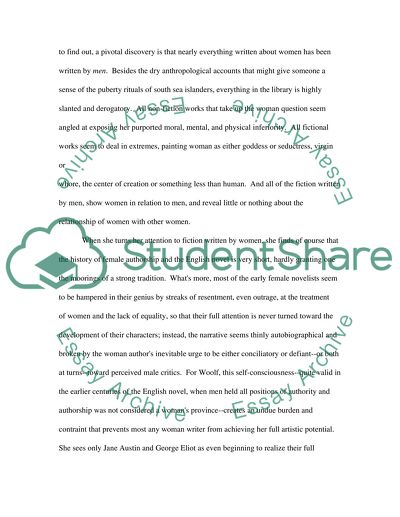Cite this document
(“A Room of One's Own by Virginia Woolf Book Report/Review”, n.d.)
Retrieved from https://studentshare.org/literature/1502699-a-room-of-ones-own-by-virginia-woolf
Retrieved from https://studentshare.org/literature/1502699-a-room-of-ones-own-by-virginia-woolf
(A Room of One'S Own by Virginia Woolf Book Report/Review)
https://studentshare.org/literature/1502699-a-room-of-ones-own-by-virginia-woolf.
https://studentshare.org/literature/1502699-a-room-of-ones-own-by-virginia-woolf.
“A Room of One'S Own by Virginia Woolf Book Report/Review”, n.d. https://studentshare.org/literature/1502699-a-room-of-ones-own-by-virginia-woolf.


